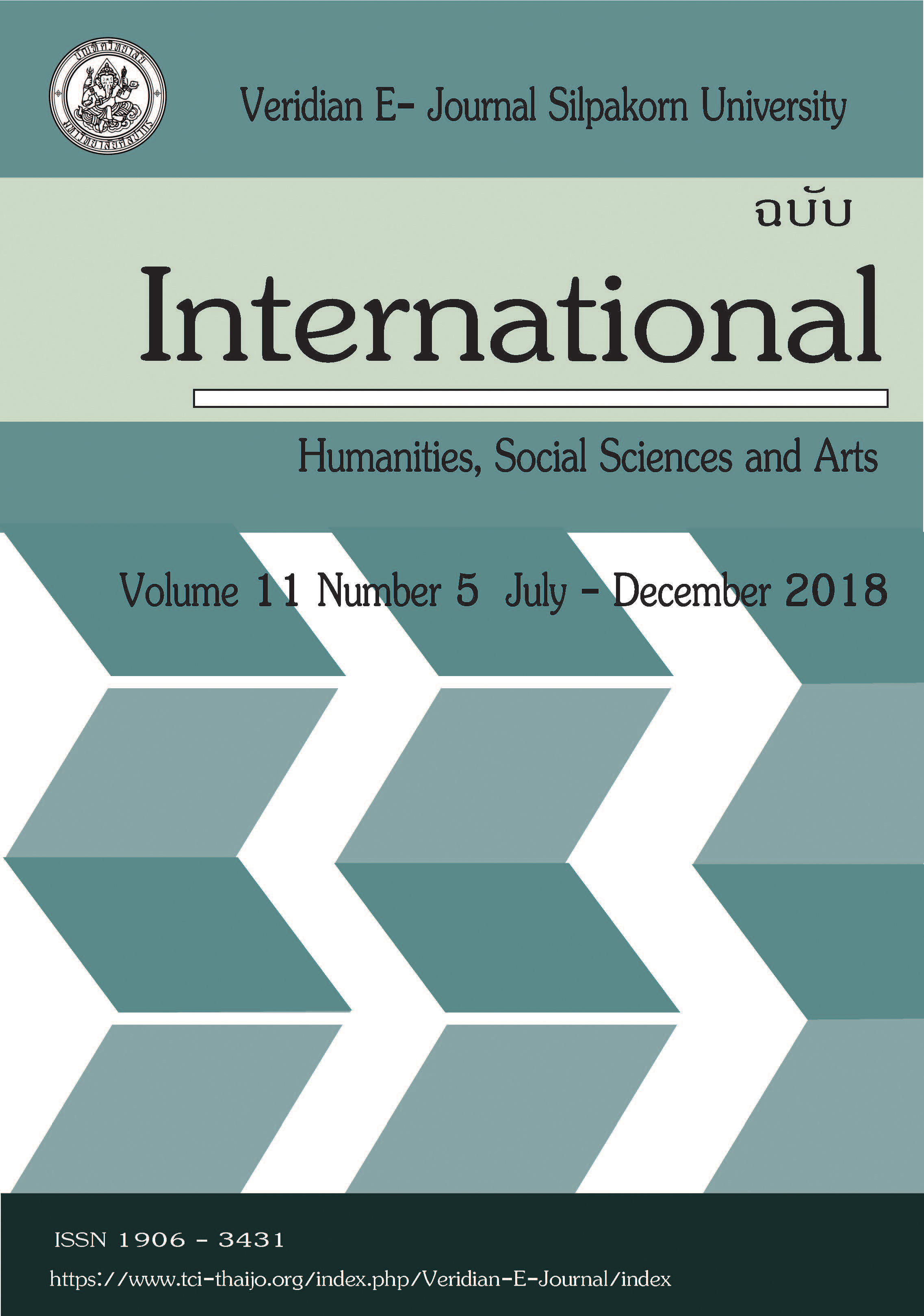A Proposed Model of a Cloud Based Learning System Using P2P Reverse Engineering Approach To Enhance Computational Thinking of undergraduate students
Main Article Content
บทคัดย่อ
This research was a part of the Research and Development (R&D). The objective was to design a cloud based learning system using P2P reverse engineering approach to enhance computational thinking of undergraduate students. The article was divided into 2 phases. In Phase 1, the researchers studied authentic situations of cloud based learning systems, P2P reverse engineering processes, and techniques to build up computational thinking for undergraduate students. In Phase 2, the researchers designed and evaluated the instructional model of a cloud based learning system using P2P reverse engineering approach to enhance computational thinking of undergraduate students.
The research methods were also divided into two phases. The first phase involved the design of the model, including information of literature review, undergraduate students’ survey, and experts’ opinions. The data gathered from this phase were used as guidelines to determine learning processes and components of the model. The research instruments in this phase included a questionnaire for students and an interview for experts. The data was analyzed quantitatively and qualitatively. For quantitative data collection, the instrument was a questionnaire, in which the participants were 685 undergraduate students chosen by stratified multi-stage cluster sampling method. To collect the data in this part, the questionnaire was administered to all participants. Regarding qualitative data collection, the researchers interviewed 10 experts and entrepreneurs chosen by purposive sampling method. The second phase of the research methods involved the model evaluation. The model was developed based on the previous phase, and then evaluated by 7 experts further chosen by purposive sampling technique.
The research results were as followed. Firstly, the proposed model had 5 elements, namely Learning System, Cloud-Based Tools, Contents, Role of Instructor and Students, and Evaluation. Secondly, the learning process of P2P reverse engineering approach consisted of 6 steps which are 1) Goal& Group Setting, 2) Planning Together, 3) Choosing a Prototype to be Studied, 4) Co-Analysis, 5) Peer Designing, and 6) Feedback. The overall score of the proposed model’s evaluation was at a “Strongly Agree.” ( = 4.51, S.D.=0.07), and the experts believed that this proposed model can be used in a real context.

